Equipment
From a Fitter: An in-depth discussion of wedge bounce, grind, loft and lie
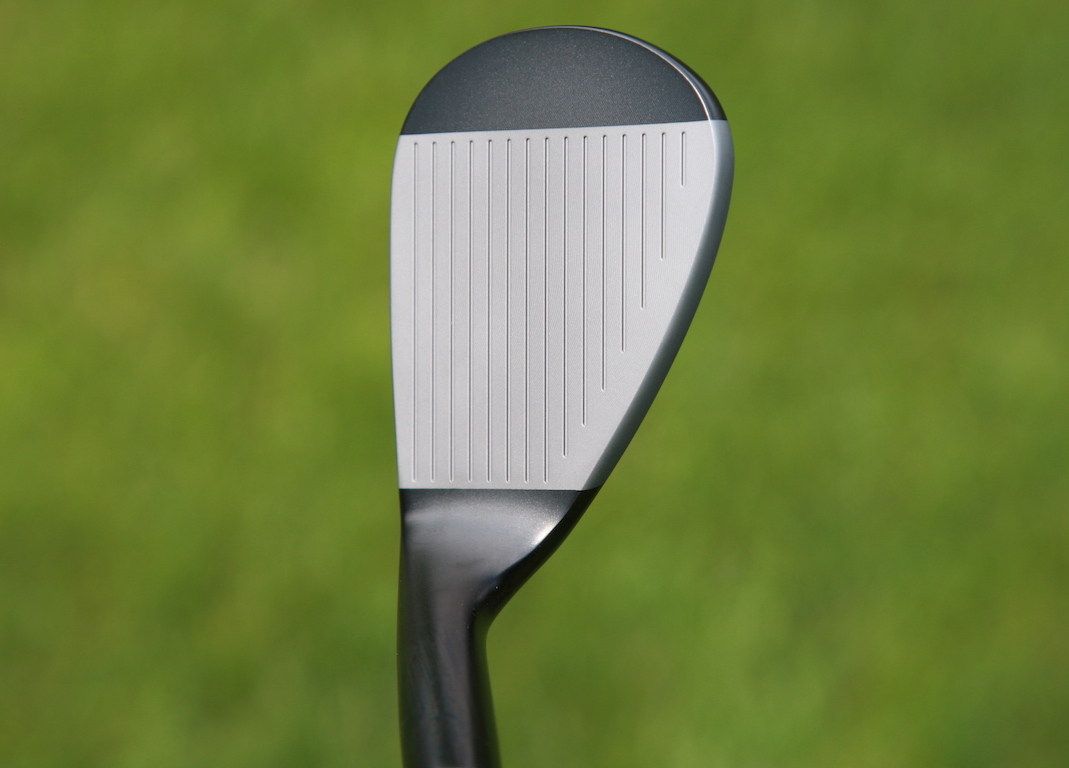
Wedge fitting is an interesting subject due to so many variables of the player and the course we play on. This article is to help break a few components down and help you make better choices when purchasing wedges.
Bounce is generally given a number which is a reference to the angle measured through the center portion of the sole of a club, from leading to trailing edge. The larger the angle, the more bounce you have, and the lower, the less bounce you have. No doubt this is a handy number to know, but for me, it is only the beginning of understanding the wedge.
It has often been said that “better players” use lower bounce, but this is not always true. Many tour players use higher bounce wedges these days, with special grinds (shapes of the club’s sole). Do not get pigeon-holed into a wedge option because of your handicap!
For me, wedge fitting is about versatility, forgiveness, and compatibility for that one player’s style.
I start the wedge fitting with an intensive interview process about the player’s entire bag layout and how many wedges can be fit into the bag. I then discuss their perception of the shots they play a lot of (specific yardages, flights of shot, etc.). Finally, we discuss the conditions of their most played course. Unfortunately, a lot of us do not have the luxury of owning multiple sets of wedges for all conditions, but if I can give a set of wedges some versatility, that will give the player more choice of shot from course to course.
I then measure a player’s angle of attack with their PW through to their highest loft wedge with what I call their “stock shot” or most played shot with that wedge. This process is really just an indicator of the options I will try first.
From here, it is very much player-driven. We move to the grassed area and cycle lofts, bounce and grind options. Not letting a player hit too many shots with each (otherwise they can start to manipulate the wedge too much from their normal action, especially good players). We look at divots and flight, keeping an eye especially on the bad shots and how they feel through the turf and how the shots fly/land. During my intensive sessions, we also go to a bunker area and play sand shots and shots to a green to hone in specialist areas of the short game.
Generics I use for grind
- Players who play ‘square to square’ shots, such as bump and runs, or mid-flight shots often deliver leading edge to the ground first. Depending on conditions I combat this with leading-edge relief i.e the shape of the sole looks like a V from heel to toe. Sometimes a softer rounded leading edge can also do the trick.
- Players who hit lots of flop shots and try to manipulate the club on the ground. I experiment with variations of heel and trailing edge relief. These players often have success with aggressive grinds, as when the club is splayed open they feel as though the missing heel and trailing edge material allows the leading edge to sit snug to the surface, and it prevents the club bouncing too much through strike.
Ultimately, I facilitate a player with options and information.
The number one key of knowing you have the right wedge is clean strike! This means the club does not want to dig or bounce, but is allowed to slide through the ball and turf delivering the loft you intended.
One of the big areas that gets missed for me is the loft and lie adjustments. If a player’s lie is way out when testing a wedge, it can make it impossible to use. During a session, I try to keep uniformity between iron setup and wedge setup ensuring distance gaps are covered. This means I manipulate lofts and lies during the fitting. I have to be aware of the implications of bounce and turf interaction as I bend loft due to it adjusting the look of offset and most importantly the presentation of leading and trailing edge. The lie is just as important: one little tweak the right way and strikes can go from average to perfect.
Generics of loft and lie adjustment
- Adding loft can deliver more trailing edge, de-lofting can present more leading edge.
- Having more upright lies can help ‘square to square’ players, whereas flatter lie angles can help the Mickleson flop shot specialists!
- It’s not uncommon for me to flatten a player’s lob wedge a little more to allow that shaft to lay down easier.
Key points to get the most out of your wedge fitting
- Test options outside on turf.
- Do not base your fitting on just your angle of attack!
- Play lots of style of shots during testing.
- Make sure you have enough wedges to cover important distance and shot types for your game (have versatility in your wedge setup).
- Make sure length, loft and lie have been accounted for—as for shaft, that’s another article!
If you attain all of this and like the look and feel of your wedges, you will be set to play your best golf home and away. No matter the lie you encounter, you will feel you have a tool for the job at hand. This gives you the confidence in your swing at the scoring end of the game.
Equipment
BK’s Breakdowns: Cameron Young’s winning WITB, 2025 Wyndham Championship

Cameron Young’s WITB from his win at the 2025 Wyndham Championship. Cameron is a Titleist staff player but his bag is definitely filled with some unique clubs. Here are the clubs he used to secure his first PGA Tour win!
Driver: Titleist GT2 (9 degrees, A1 SureFit setting)
Shaft: Mitsubishi Tensei 1K Pro Orange 70 TX
3-wood: Titleist GT3 (15 degrees)
Shaft: Mitsubishi Tensei 1K White 80 TX
Hybrid: Titleist GT2 (21 degrees)
Shaft: Fujikura Ventus HB Black VeloCore+ 10 X
Irons: Titleist T200 (4), Titleist T100 (5), Titleist 631.CY Prototype (6-9)
Shafts: True Temper Dynamic Gold X7 (4-9)
Wedges: Titleist Vokey Design SM10 (48-10F, 52-12F, 56-14F @57), WedgeWorks (60-K* @62)
Shafts: True Temper Dynamic Gold X7
Putter: Scotty Cameron Phantom 9.5 Tour Prototype
Grips: Golf Pride Tour Velvet Cord
Ball: Titleist Pro V1x Prototype
Whats in the Bag
Peter Malnati WITB 2025 (August)
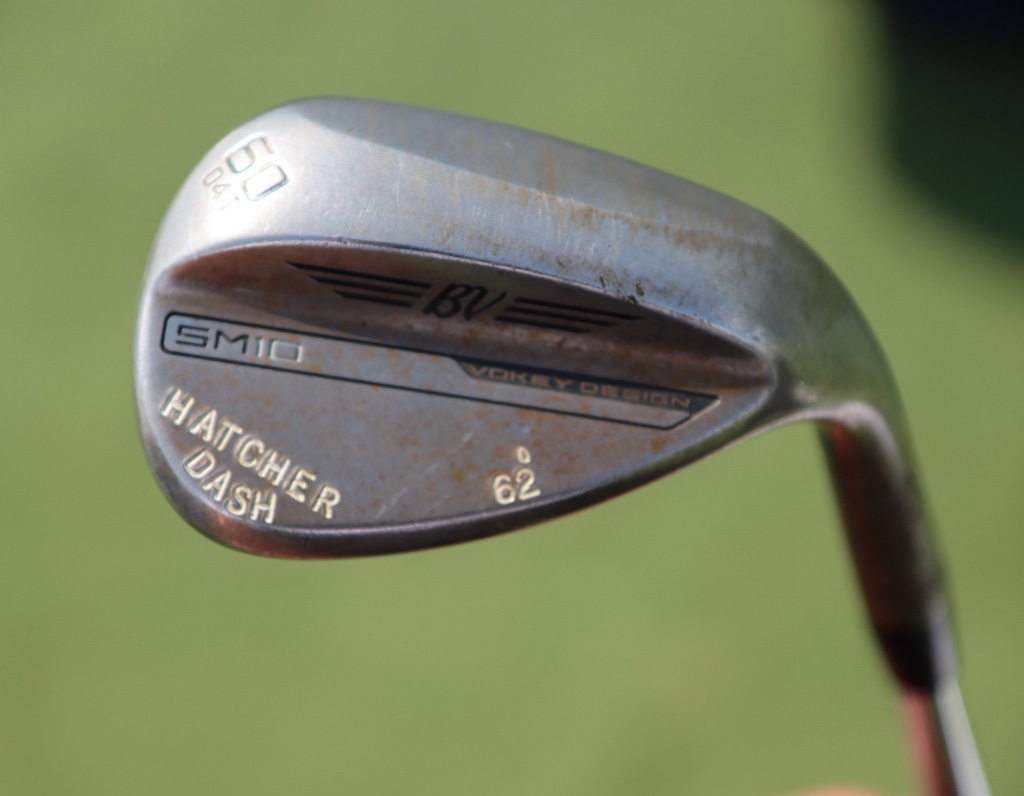
- Peter Malnati what’s in the bag accurate as of the Wyndham Championship. More photos from the event here.
Driver: Titleist GT3 (10 degrees, C2 SureFit setting)
Shaft: Project X Denali Blue 60 TX


3-wood: Titleist GT3 (15 degrees, A1 SureFit setting)
Shaft: Fujikura Ventus TR Blue 7 X

7-wood: Titleist GT2 (21 degrees, D1 SureFit setting)
Shaft: Fujikura Ventus TR Blue 8 X

Irons: Titleist T150 (4, 5), Titleist T100 (6-9)
Shafts: True Temper AMT Tour White X100


Wedges: Titleist Vokey Design SM10 (48-10F @47, 52-12F, 56-08M @57, 60-04T @62)
Shafts: True Temper Dynamic Gold Tour Issue S400

Putter: Scotty Cameron Studio Style Fastback 1.5 Tour Prototype

Grips: Golf Pride Tour Velvet
Ball: Titleist Pro V1x Yellow
Equipment
GolfWRX Members Choice presented by 2nd Swing: Best driver of 2025
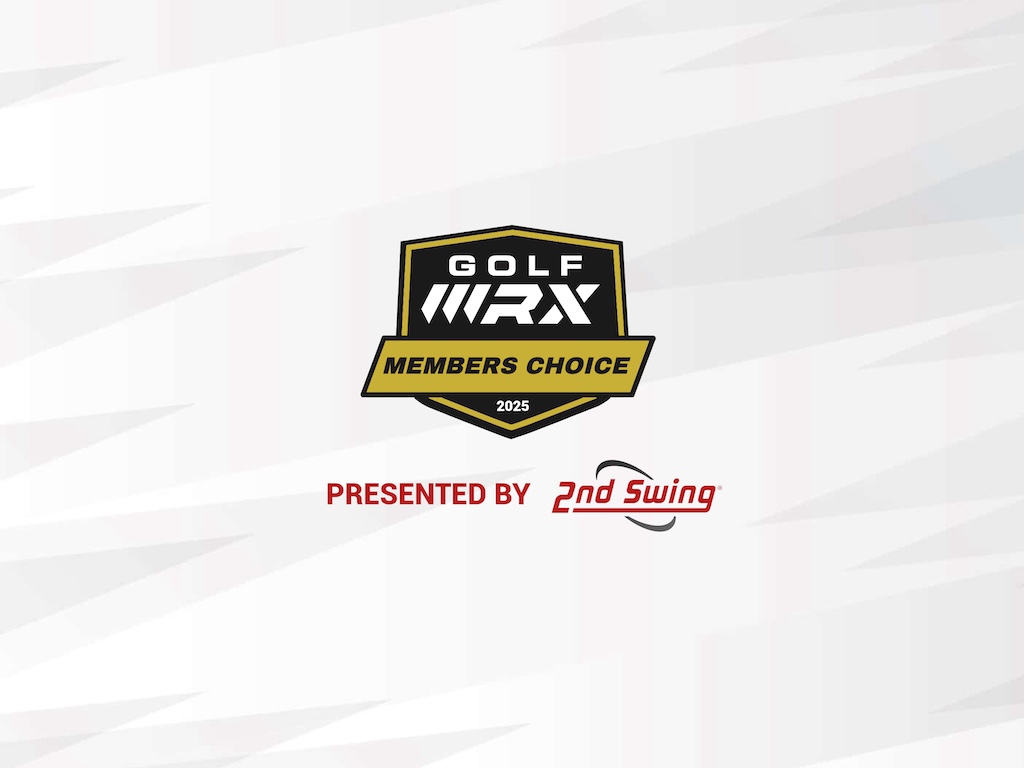
We’re proud to once again partner with 2nd Swing Golf to bring you GolfWRX Members Choice 2025! 2nd Swing has more than 150,000 new and pre-swung golf clubs available in six store locations and online. Check them out here.

What is the best driver in 2025? At GolfWRX, we take great pride in our online community and the cumulative knowledge and experience of our members. When it comes to the best driver of 2025, we want to know what our forum faithful think.
Since our founding in 2005, the bedrock of GolfWRX.com has been the community of passionate and knowledgeable golfers in our forums, and we put endless trust in the opinions of our GolfWRX members — the most knowledgeable community of golfers on the internet. No other group of golfers in the world tests golf clubs as frequently or as extensively, nor is armed with such in-depth information about the latest technology.
Below are the results of GolfWRX member voting for the 2025 best driver, along with the vote percentage for each club.
Best driver of 2025: The top 5
5. Callaway Elyte Triple Diamond: 6.02%

Callaway’s pitch: “For golfers looking for a fast, forgiving, yet workable driver, the Elyte Triple Diamond features a tour-inspired shape and is the preferred model by most Callaway tour players.”
You can read what other golfers are saying about the driver in the GolfWRX forums, and see our launch piece here. Shop the Callaway Elyte Triple Diamond here.
4. Ping G440 Max: 6.86%

Ping’s pitch: “The most forgiving G440 model, MAX has a hotter face to generate speed and distance, and a lighter overall system weight with a longer shaft (46″) for faster clubhead speed, higher launch and longer carries. The Free Hosel and Carbonfly Wrap crown save weight to create our lowest CG ever and increase forgiveness while contributing to a more muted, pleasing sound.”
You can read what other golfers are saying about the driver in the GolfWRX forums, and see our launch piece here. Shop the Ping G440 Max here.
3. Ping G440 LST: 9.53%

Ping’s pitch: “LST is an especially good fit for faster swings, offering less spin and more control with a penetrating trajectory. A hotter face, lighter overall system weight and longer shaft (46″) deliver more speed and distance while maintaining tight dispersion.”
@phizzy30: “Not a fan of Ping drivers in general, but 440 LST takes the cake. It’s super forgiving across the face for a low spin head, looks and sounds good and the ability to make it play neutral or slightly fade biased through the hosel settings is very appealing.”
You can read what other golfers are saying about the driver in the GolfWRX forums, and see our launch piece here. Shop the Ping G440 LST here.
2. Titleist GT3: 16.55%

Titleist’s pitch: “The GT3 Driver offers Titleist’s boldest combination of power and personalization through adjustable performance. Dial in the CG Track to your frequent contact location to make your biggest drives even bigger while taking total control over flight and shaping.”
@mrmikeac: “I’ve been Anti-Titleist for years and years and years (outside of Vokey, of course). With that being said, HOLY BEGEEZUS the GT3 driver is an absolute NUCLEAR MONSTER! This thing blew my G430 10K Max out of the water in every single category. Forgiveness is the biggest thing that stands out of me, the 3 model has always been one of the less forgiving models in the past but this GT3 can take bad shot after bad shot and still end up in the fairway, I think a ton of that has to do with the adjustability, it’s actually effective. Feel and sound is perfect, that solid crack is so addicting to hear and when you hit it out the screws this thing can absolutely bomb it. Titleist, I’m sorry for doubting you. You have converted me.”
You can read what other golfers are saying about the driver in the GolfWRX forums, and see our launch piece here. Shop the Titleist GT3 here.
1. Titleist GT2: 22.91%

Titleist’s pitch: “Delivering impressive distance from any impact point, the Titleist GT2 Driver extracts maximum performance through a forgiving design. Get the stability and added confidence of a high-MOI driver without sacrificing speed.”
@DTorres: “The Titleist GT2 has proven to be the best driver of the year. Packaged in a classic profile, GT2 perfectly balances performance and forgiveness while consistently being a high performer across all categories.”
You can read what other golfers are saying about the driver in the GolfWRX forums, and see our launch piece here. Shop the Titleist GT2 here.
Other drivers receiving >2% of the vote
| Driver | Vote percentage (%) |
|---|---|
| Cobra DS Adapt Max K | 4.85% |
| Ping G430 Max 10K | 3.85% |
| Callaway Elyte Triple Diamond | 3.68% |
| TaylorMade Qi35 | 3.51% |
| Callaway Elyte | 3.18% |
| Cobra DS Adapt X | 2.34% |
| Cobra DS Adapt LS | 2.17% |
| TaylorMade Qi35 LS | 2.17% |
View this post on Instagram




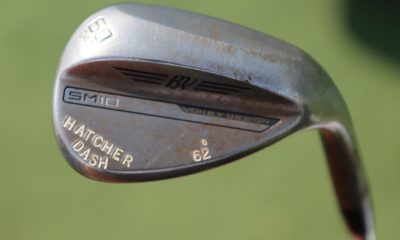



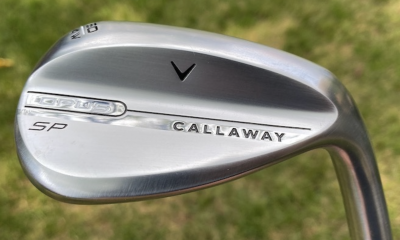





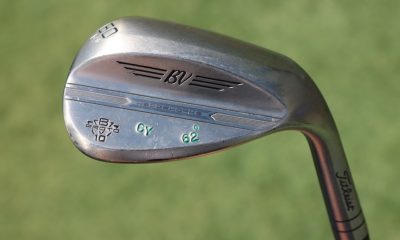

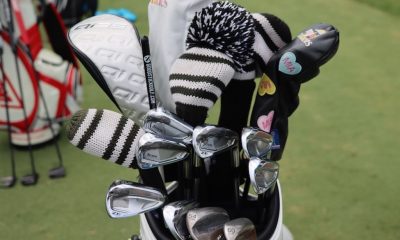

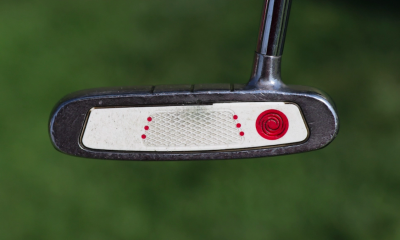

freowho
Dec 31, 2019 at 5:59 pm
Good article. I agree with a slighlty flatter lie angle for flop shots but it makes the club hard to use for full shots. So the lob wedge basically becomes a specialty shot only club. I think if you are someone who enjoys playing different courses you do need a a couple of different setups. If I was playing a firm course I would carry the specialty 60 which means I would need a good 56 for pitch shots. If I was playing a softer course I might carry a 58 with more bounce instead of the 56 and 60.
Dan
Dec 31, 2019 at 1:49 am
Good to know mate. Interested in your next article about wedge flex. As I play with Ap1 R300 shafts. I was fitted with a vokey wedge, 46F bounce 10. Half an inch long, 1 degree flat. Brought 3 more vokey wedges, same length and lie off a mate. Which have been upgraded to KBS hi rev 2.0 125/S. The feel and contact are amazing. Thinking about doing the same with my 46F. Your thoughts.
Jack
Jan 1, 2020 at 4:50 pm
Hi Dan,
Thanks for the comment. I will go into a little more depth in the article but I would base your 46* on shots you hit the most – Generally this will be fuller shots for most players, therefore I would install the shaft that matches the rest of your iron setup (if you have been fit for those and enjoy their performance etc.. too).
ht
Dec 30, 2019 at 3:04 pm
Yeah this is great info. Thank you. Looking forward to the wedge shaft post
Adam
Dec 30, 2019 at 1:40 am
Very informative. Thank you